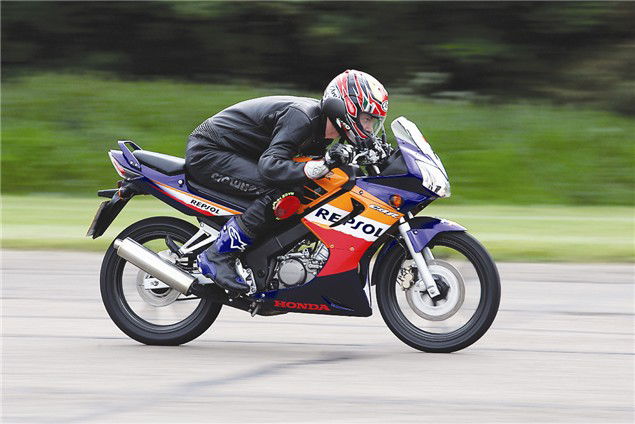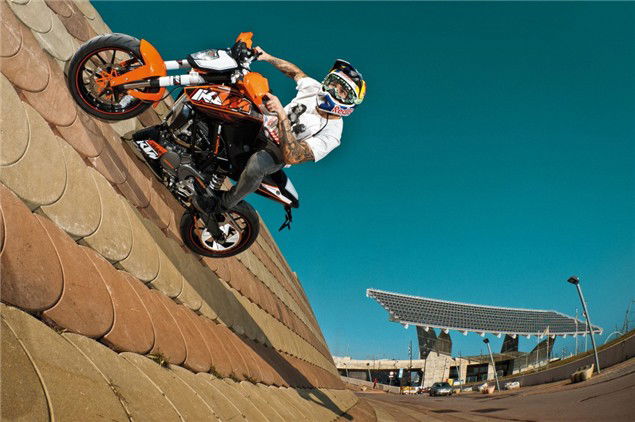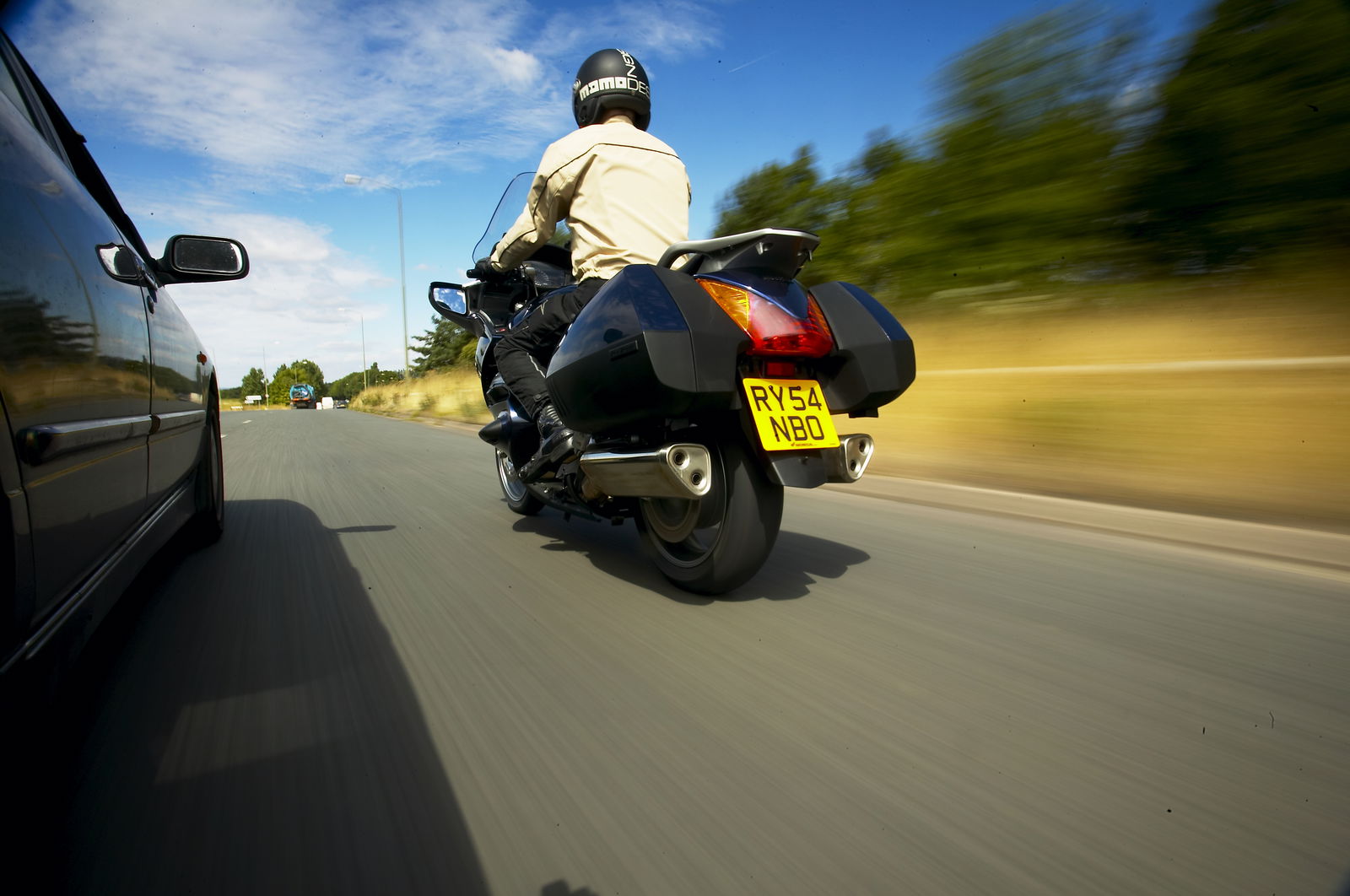10 most common reasons for crashing
Want to know what you're statisically most likely to do before you fall off? Well here's the data.

THERE have been plenty of studies into motorcycle crashes over the years – all trying to work out what causes them, how to stop them and how to reduce casualties. But actually getting to the bottom of the simple question “what are the most common reasons for crashing” is surprisingly difficult.
So feel free to delve into the internet and lose a few hours digging into the MAIDS report, the Hurt report or Clarke, Ward, Bartle and Truman’s 2004 Road Safety Research Report. But don’t expect to find many clear-cut answers.
The problem, of course, is that accidents don’t tend to be terribly clear-cut. Several factors, mistakes or coincidences often come together in just the wrong way to cause them, leaving a confused result where, even if there is blame to be apportioned, it doesn’t necessarily fall squarely onto just one person or action.
So, how are we working this out? Well, we’re taking the latest set of UK figures from ‘Reported Road Casualties in Great Britain; 2011 Annual Report’ and trying to make some sense of them.
Let’s start with a caveat: even here, only accidents where police attended the scene were included, and only 86% of reported motorcycle accidents made it into the analysis, although that’s still a very high figure.
It does, however, show the number of contributory factors in these accidents, so while we won’t know exactly what happened in each case, we can see the rough area where the riders involved made their mistakes.
Before we go any further, there’s a number 1 figure that we’re not including. It’s the accidents where the rider wasn’t to blame at all. That means not only was the accident not all his fault, but he was a completely innocent party. That actually applied to 6509 riders out of the 18,156 involved, or 36%. Yep, they were probably SMIDSY crashes (bearing in mind that the number 1 contributory factor of all cars involved in crashes was ‘failed to look properly’, followed by ‘failed to judge other person’s path or speed.’)
So, of the crashes where the rider had to shoulder some responsibility, here’s the list of factors, starting with the lowest:
10: Exceeding the speed limit
5% (837 crashes in 2011)
RATHER making a mockery of the justification behind speed cameras, ‘exceeding the speed limit’ is a contributory factor in just 5% of motorcycle crashes. And we’re bad for it, it seems – only 3% of car crashes had it as a factor. Of course, it’s rarely going to be the sole, or even the main cause of a crash even where it does contribute – loss of control etc are likely to play a part as well.


